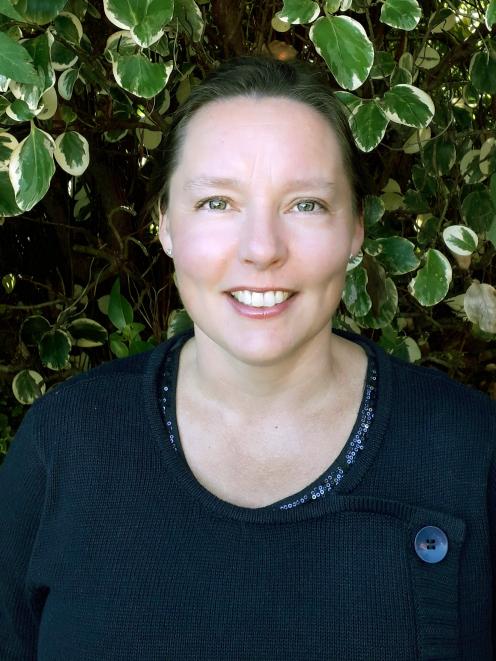University of Otago medical graduate Sarah Donald won the $500 first prize in the Otago Medical School Research Society’s latest annual science writing competition. Dr Donald is a PhD candidate in the school’s preventive and social medicine department. Her essay, published below, was titled "Treating for two — exploring the use and safety of medicines in pregnancy".

The potential risks of taking medicines during pregnancy first became widely recognised in the late 1950s, when mothers who had used thalidomide for morning sickness delivered higher than expected numbers of babies with birth defects. Since then, drug companies generally have not allowed pregnant women to take part in studies which test new medicines before they hit the market.
While this exclusion is warranted, and has undoubtedly protected some unborn babies from unintended side effects, it has created another problem. For many medicines we have little or no information about whether they are safe to use in pregnancy or not. This lack of information isn’t critical if a medicine can simply be avoided during pregnancy, but women with long-term conditions, like epilepsy or depression, may need to continue their medication throughout their pregnancy. In fact, in many countries the use of prescription medicines during pregnancy is rising — the situation in New Zealand has not been described.
Treatment decisions that truly weigh up the medicine’s benefit to the mother against the risk to her developing baby are not possible without more scientific evidence.
If pregnant women aren’t included in drug trials, we need another way to measure the effects of medicine use during pregnancy. As a doctor-turned-researcher, this challenge spurred me into my PhD study.
With approximately 60,000 deliveries every year, New Zealand is not short on pregnant women. A number of these women take medicines during their pregnancy. Some of their babies may be affected — most of them only mildly, and a smaller number more profoundly so. If there was a way to tap into this information we could gain a better understanding of medicine safety in pregnancy relatively quickly and limit riskier treatments in the future.
We are fortunate in New Zealand to have a national health care system with hospital and pregnancy care available free-of-charge for most people, as well as subsidised prescription medicines. The Ministry of Health collects information on the use of these health care services, which helps them plan and prioritise future services. Health data is held in a number of different electronic databases, and this information is available in an anonymised form to researchers with studies approved by an ethics committee.
There is a maternity database with information on pregnancies ending with the delivery of a live or stillborn baby in the second half of pregnancy, and a database of prescriptions dispensed from community pharmacies. By using unique identification codes I can link the health records of women, their infants and the medication they were prescribed during pregnancy, without knowing the identities of the women involved. Using the infant’s unique identification code and the hospital admission database, I can then investigate whether pregnancy exposure to certain medicines (antidepressants in my study) increases the risk of particular health problems in the baby. Once complete, my findings will hopefully help doctors and their patients make more well-informed choices around managing depression during pregnancy.
The second focus of my research addresses the lack of knowledge alluded to earlier. I’m describing what medicines pregnant women in New Zealand are taking, and how this has changed over time. The results could either reassure us that prescribing habits in New Zealand are as they should be, or alert us to any concerning trends.
For this part of the study I needed to look beyond the maternity database to get the full picture. Many pregnancies end before 20 weeks, and I needed to explore other databases to find them. I found records of stillbirths and maternal deaths in the mortality database. In addition to births, I found records of miscarriages, terminations and other non-viable pregnancies in the hospital admission database. But there were still some pregnancies not accounted for.
A woman with an early pregnancy loss who is not treated in hospital would not have an entry in either the maternity or the hospital admission databases. I turned to the laboratory test database and searched for records of the antenatal blood tests that are done twice during pregnancy. The first test blood test usually happens in the first trimester, and I uncovered more pregnancies to include in my study.
Finally, with help from a health researcher with data management expertise, I combined all of these anonymised records into one giant study group containing almost one million pregnancies over the past decade. With such a sizeable study population I am now up to my elbows in data. I am hoping to find the answers to my questions over the coming months, and come out the other end with a useful way to investigate the safety of other medicines in pregnancy.












